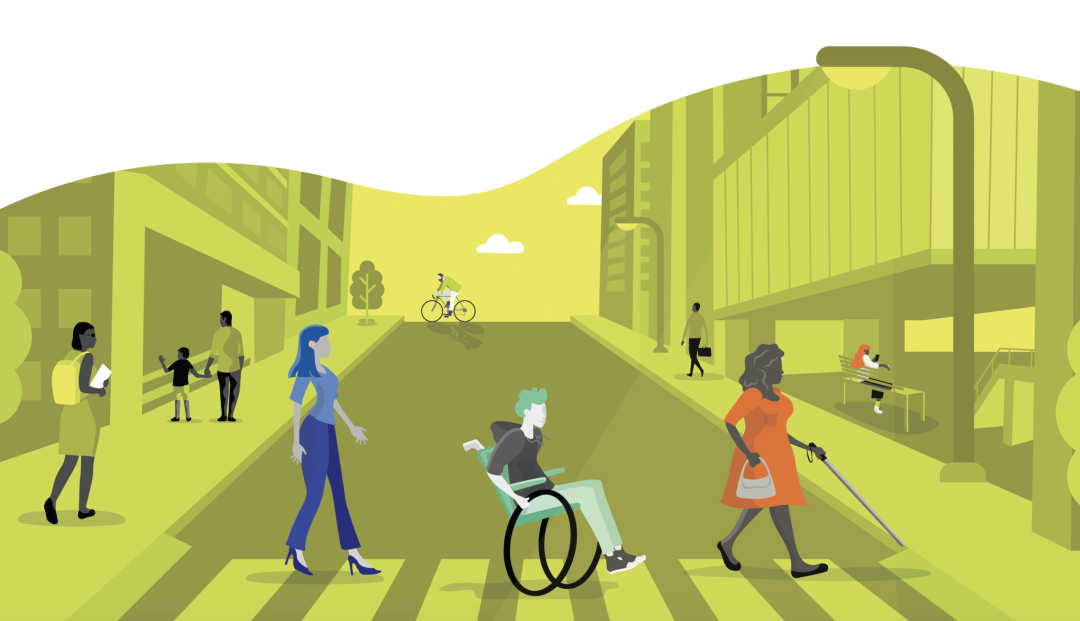The Americans with Disabilities Act (ADA) is meant to protect people with disabilities from discrimination while providing them with the necessary accommodations to live with equal opportunities. The law covers employment, public services and accommodations, private entity services, and telecommunications, among others. But what does an accessible street, workplace, or transport actually look like?
In a practical sense, the ADA asks for employers, governments, and other entities to provide reasonable accommodation for individuals with disabilities. Here are some examples:
- Whether the facility is a public school or a private office, buildings should be accessible for wheelchairs. This might require installing ramps, modifying restrooms and cubicle space, or providing adjustable desks for wheelchair users.
- Streets need to have right-angled curb ramps in order to make the sidewalk accessible for wheelchairs or people with walking difficulties.
- Often, technology can be implemented to assist. A school might provide screen reader software, and an office could implement videophones to facilitate communications with colleagues who are deaf.
- A local government might need to provide a sign language interpreter at a town hall meeting, or they might need to choose a certain accessible location (like a public park) for a city program.
- A healthcare plan may need to provide braille or large print documents for their visually impaired members upon request.
Sometimes, physical accommodations aren’t enough, so the following could be needed:
- A workplace might need to change its policy in order to allow employees to bring service animals to work or to grant employees extended leave or flexible schedules.
- A school might have to change its requirements, for example, to allow for a student with a disability to take a test orally rather than in writing.
- Sometimes, job restructuring could be a good solution in order to distribute tasks that an employee with a disability has trouble performing.
Are you an employer looking to improve accessibility for your team? Check out the Job Accommodation Network and their very useful list of different accommodations, categorized by disability, by limitation, by work-related function, or by topic.
If you work in local government, healthcare, education, or another public or private entity, you might want to look into accessibility for your publications and web content.
At Avantpage, we can provide you with guidance and ADA-compliance services. Contact us for a quote or more information. And remember, it’s not just about complying with the law: building a more accessible world will turn us into a more democratic and empathetic society.
#digitalaccessibility #accessibilitymatters #accessibilityforall #localgovernment #advocacymatters
Sources and helpful links:
Americans with Disabilities Act of 1990,AS AMENDED with ADA Amendments Act of 2008
25 years after the ADA, sidewalks still speak louder than words | MinnPost
Are Your Curb Ramps ADA Compliant? – raSmith
Accommodations | U.S. Department of Labor (dol.gov)
The ADA and City Governments: Common Problems
